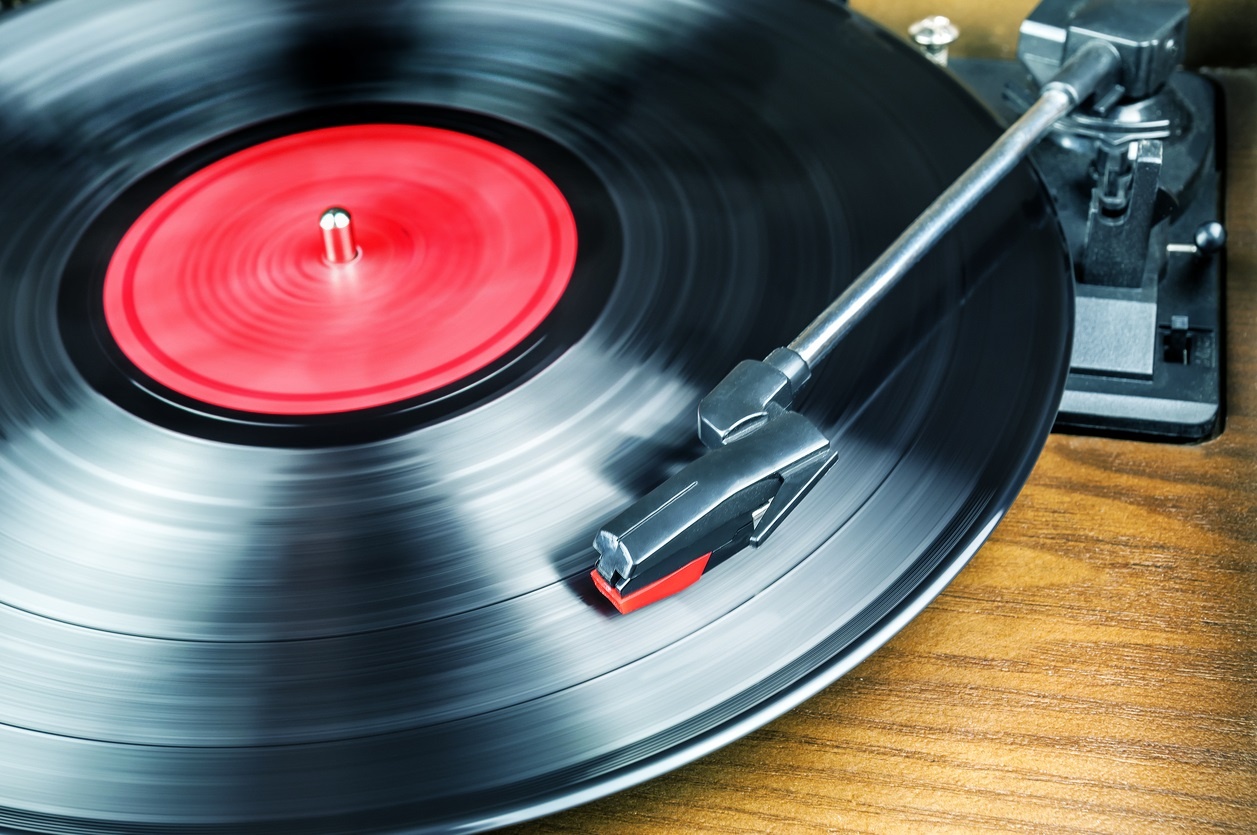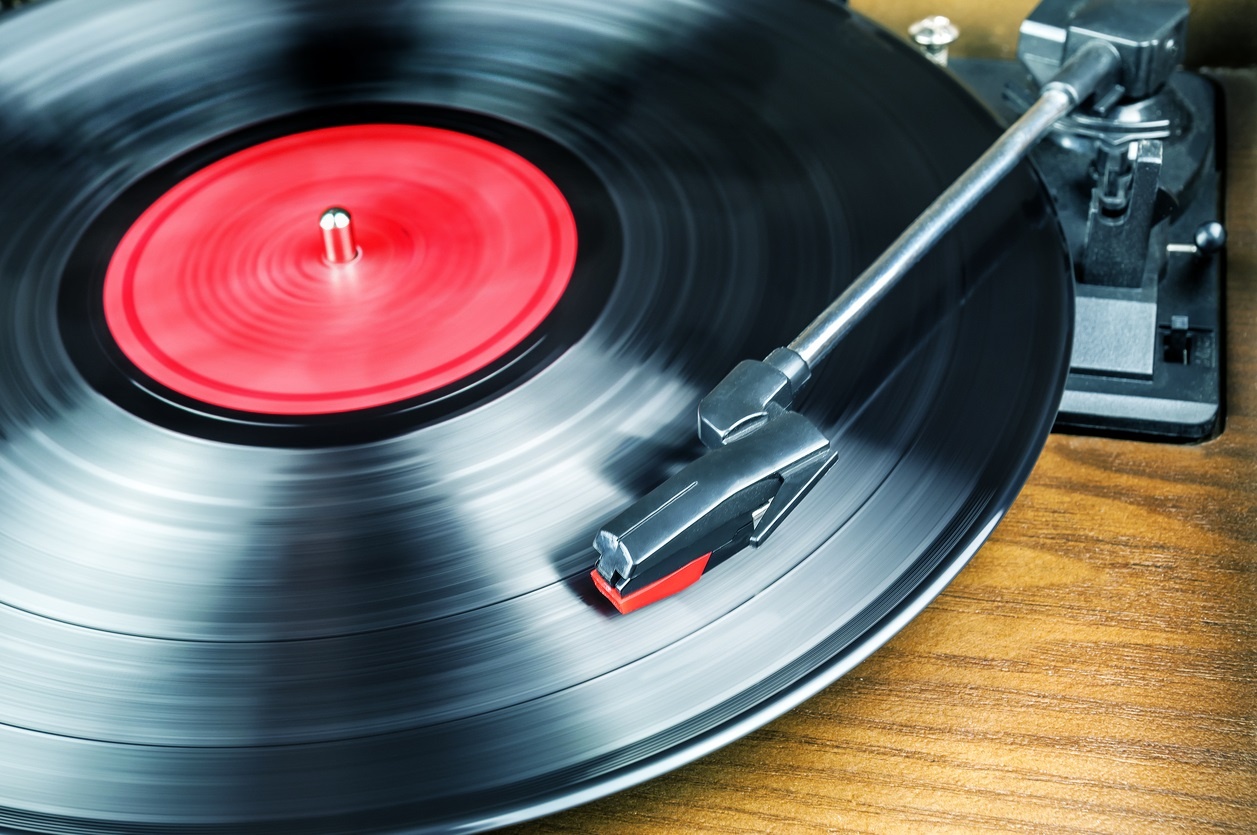There is no question that the digital transformation sweeping across business and consumer verticals is here to stay. There is also no question that the race to a digital future involves some risk that companies must be tuned into.
Here is the risk: In an increasingly digital world, there will be a portion of customers – perhaps a substantial portion – who are looking for something besides a digital-only conversation. And just where that demand is coming from, and who those customers are may be a surprise to many companies, as the recent resurgence in the analog sound produced by vinyl albums illustrates.
In an increasingly digital world, such “analog” opportunities are fewer and farther between, so savvy businesses would do well to pay attention to them and put their very best foot forward when they occur.
One of the key competitive differentiators going forward is customer-centricity and intimacy, and that means knowing and understanding what customers like and don’t like; and more specifically which customers prefer hearing their favorite bands on analog instead of digital.
An Analog Music Analogy
Putting music to vinyl was a pretty straightforward process that involved a voltage-based direct relationship between the music being played and how it was recorded. The sound was analogous to the original recording – thus the term “analog” – and that engendered a direct relationship between the music and the listener. Analog recordings just sounded right, as any vinyl aficionado would be quick to tell you.
As we all know, the vinyl recording industry went through its own technological disruption with the subsequent development of several new, and purportedly better, or at least more convenient, recording technologies. Vinyl was replaced by 8-track recording, which was replaced by cassettes, which was replaced by compact discs, which has been replaced by streaming services, and on it goes. Everything after vinyl, from roughly 1975 on, was digitally recorded and transferred to the most convenient and cost-effective physical medium at the time. This allowed for the portability of music, a huge development by any measure, but along with that came some compromises for musicians, record companies, and consumers.
| "In an increasingly digital world, there will be a portion of customers – perhaps a substantial portion – who are looking for something besides a digital-only conversation." |
But a funny thing happened on the way to the dustbin of history. Vinyl has had a resurgence driven by the exact demographic that insurers are twisting themselves into pretzels over to attract and retain. For the new generation of vinyl aficionados, it may be a matter of fashion, or coolness, or some other generational-driven factor. Or it may just be because it sounds better and truer, and it takes a little more effort to record, produce, and manufacture. Call it craft music for the everything-craft generation. But it also means something for companies that have embarked on a digital transformation. It means that while digital transformation will continue, not everything needs to be digitized. Or perhaps more precisely, not everything a company does going forward needs to sound like it’s been digitized.
Some Customers Still Prefer a Personal Touch
From a technical perspective, digital is the opposite of analog. In analog technology, a sound wave is recorded or used in its original form. An analog sound wave is continuous with no breaks in the sound pattern. In digital technology, the analog sound wave is sampled at various intervals that are then turned into numbers that are stored on a digital device. The end product is more convenient for listeners, but that convenience can sound and feel different. It’s subtle, but for those who grew up with analog sound there’s something missing with digital sound.
In a business and consumer context, that means that digital can still come first as it does now with most music, but companies should also be prepared for those customers who are looking and listening for something else, something that sounds and feels more personal and direct – including younger customers.
The good news is that this can in fact be accomplished with modern tool sets. Technologies like AI, chatbots, and smart user interfaces can alert businesses and guide customers to the kinds of service experiences that “sound” best to their ears. Yes, it’s true that younger customers aren’t interested in actually speaking with customer service agent and sales reps, but apparently they are increasingly interested in a quality of service that may not be possible through just a digital interface.
For example, when customers have a specific question about product or service, they may want a more “analog” experience after they’ve completed their own digital research. That’s actually the very point in a transaction where businesses have an opportunity to personalize the relationship with the customer, and to build some confidence, and perhaps even some loyalty, in the company’s brand. You know, kind of like having that favorite band in your vinyl collection.
And for businesses who might doubt this, just send somebody from the marketing or customer service department out to the local used vinyl shop in town and start chatting up the scores of Millennial and Gen X people there. They might just learn something about the lasting appeal of the analog sound.


Written by Frank Petersmark
Frank Petersmark, PhD, is a Principal at Tabula Rasa Consulting, which specializes in enterprise level business technology strategy, planning and consulting in the insurance industry. Previously, Petersmark served as CIO at Amerisure.



